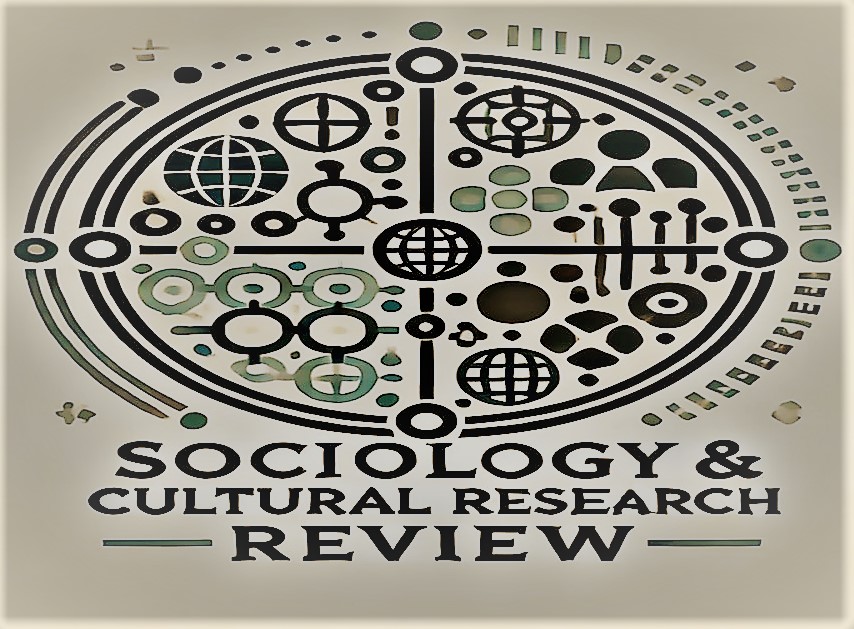Historical background of fauna in Islamic and Mughal Miniature Painting: An Analysis
Abstract
This research explores the growth of zoomorphic images from prehistoric cave paintings to the distinguished animal portraiture of the Mughal miniature custom. It traces the figurative and stylistic connection of animal representation across various civilizations including Egyptian, Roman, Byzantine, Islamic, Sassanian and Indo-Persian. This article highlights the dominant role of fauna in religious, cultural, and in decorative settings. Special emphasis is given on Islamic and Mughal eras where zoomorphic depictions not only reproduce aesthetic benefits but also function as symbols of power, royal ideology, and naturalistic thoughts.
Keywords: Zoomorphic, Islamic Art, Indo-Persian Aesthetics, Miniature Painting, Fauna, Decorative, Sassanian, Symbolism, Cultural Transmission.




